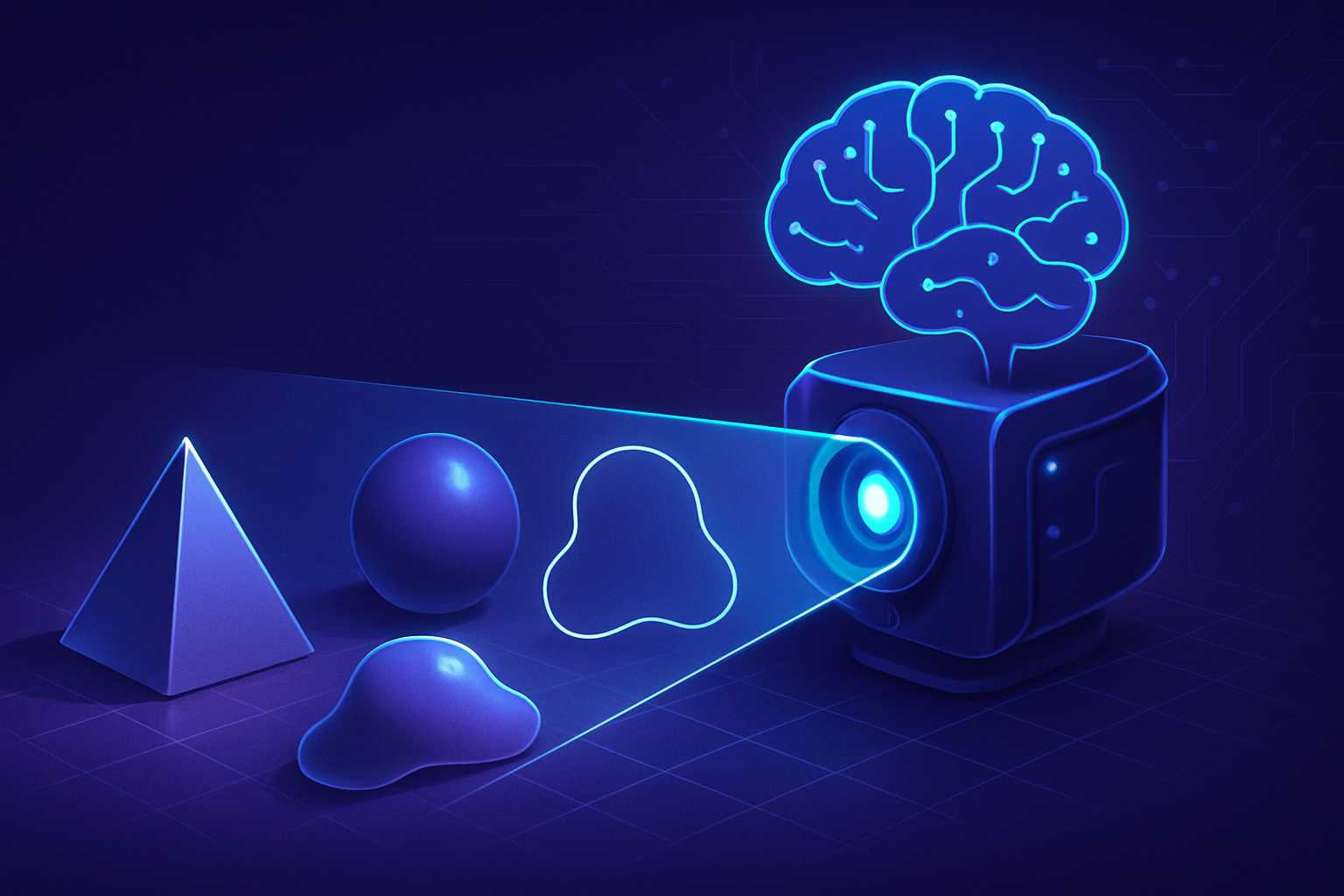The new vision sensor, inspired by human neurological mechanisms, revolutionizes object edge extraction. Its innovation surpasses the limitations of traditional technologies by dynamically adapting to fluctuating lighting conditions. This device has the potential to significantly improve autonomous visual perception in various fields such as robotics and autonomous vehicles.
The sensor’s ability to effectively filter out non-essential information represents a decisive advance. While current systems struggle with variable lighting environments, *this technology*, by modulating signals similarly to the brain, will optimize environmental recognition. The remarkable performance of this innovation is rooted in a promising future for intelligent systems, redefining the standards of modern optics.
A vision sensor inspired by neural mechanisms
A research group led by Professor Moon Kee Choi from the University of Ulsan National Institute of Science and Technology (UNIST) has designed an innovative vision sensor. Inspired by the neural transmission mechanisms of the human brain, this system has been developed to effectively extract object edges in variable lighting environments.
This technological advancement represents a significant enhancement in perception capabilities for autonomous vehicles, drones, and robotic systems. It enables faster and more accurate recognition of environments, thereby strengthening AI applications.
Operation and technical innovation
Vision sensors, comparable to human eyes, capture visual information that is then analyzed by processors. However, this unfiltered data transfer leads to overloads, slowing down processing speeds and decreasing accuracy. This new technology overcomes these challenges by mimicking the dopamine-glutamate signaling pathway present in brain synapses.
In the human brain, dopamine modifies glutamate signals to prioritize critical information. This sensor replicates this process by selectively extracting high-contrast visual features, such as object edges, while eliminating superfluous details.
Impacts on data transmission
According to Professor Choi, the integration of in-sensor data processing technology is akin to certain brain functions. This system automatically adjusts brightness and contrast, thereby filtering out irrelevant data. This process significantly reduces the processing load on robotic vision systems, which manage gigabits of visual information per second.
Experimental assessments reveal that this sensor can decrease the data transmission volume by about 91.8%, while improving object recognition accuracy to about 86.7%.
Adjustable phototransistor technology
The sensor uses a phototransistor whose current response varies with the threshold voltage. This mechanism mimics the role of dopamine by modulating the strength of reaction. Control over the threshold voltage allows the sensor to dynamically adapt to varied lighting conditions, ensuring clear edge detection even in low light.
Moreover, the sensor’s output responds to differences in brightness between objects and backgrounds, enhancing high-contrast edges while attenuating uniform areas. This technical approach fosters reliable and precise edge recognition.
Potential applications and future perspectives
This technology has broad applicability in various vision-based systems, including robotics, autonomous vehicles, drones, and IoT devices. Dr. Changsoon Choi emphasizes the economic benefits regarding data processing speed and energy efficiency. This innovation could become a fundamental component of next-generation AI vision solutions.
For further advancements in sensor and AI domains, similar developments are underway, such as the use of innovative electrolytes in artificial vision or the synergies between artificial intelligence and logistics.
For more information on AI and its implications, please refer to relevant articles on AI applications in diabetes management, surveillance, or even immersive diving.
Frequently asked questions about brain-inspired vision sensors
What is the operating principle of a brain-inspired vision sensor?
The sensor mimics the neural transmission mechanism of the human brain, using a modulation system similar to dopamine-glutamate to selectively extract high-contrast visual features while filtering out superfluous details.
How does this sensor improve object recognition in variable lighting conditions?
This sensor autonomously adjusts brightness and contrast based on lighting conditions, allowing it to clearly detect object edges even in low-light environments.
What are the potential applications of this brain-inspired vision sensor?
It can be applied in various vision-based systems, such as robotics, autonomous vehicles, drones, and IoT devices, to improve data processing speed and energy efficiency.
What is the importance of reducing the volume of data transmission by this sensor?
The reduction in data transmission volume by about 91.8% enhances data processing speed and increases object recognition accuracy, which is essential for systems operating in real-time.
How does the sensor adapt its performance to different lighting conditions?
It integrates adjustable phototransistors that modulate reaction strength based on gate voltage, allowing for dynamic adjustments in response to changes in brightness.
How does the sensor filter out irrelevant details during visual analysis?
By imitating the brain signaling process, it focuses on high-contrast visual traits and eliminates uniform areas, ensuring accurate extraction of object edges.
What are the major advantages of this sensor over traditional vision sensors?
It offers better clarity in edge extraction, greater data processing speed, and significantly improves energy efficiency, making it ideal for critical applications.






